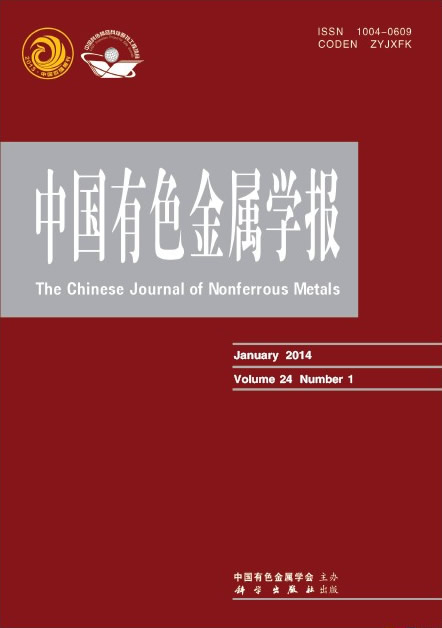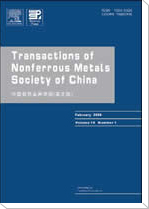(1. 西安热工研究院有限公司,西安 710032;
2. 西安交通大学材料科学与工程学院金属材料强度国家重点实验室,西安 710049;
3. 山东大学材料科学与工程学院,济南 250061)
摘 要: 研究铁镍基高温合金GH2984在700~750 ℃蠕变期间的显微组织演变及其对性能的影响。结果表明:在(700 ℃,300 MPa)蠕变条件下,合金持久寿命仅160 h,变形过程中晶界处的应力集中并促进裂纹的萌生与扩展是造成合金失效的主要原因。应力降至200 MPa时,晶粒旋转导致晶界处应力集中得到释放,抑制裂纹萌生并进而使合金持久寿命明显增长。然而,随着蠕变温度的增加,晶粒在变形过程中伴随出现动态再结晶。这一现象虽然使得合金持久塑性有所增加,但晶粒加工硬化程度较低造成合金持久寿命明显缩短。
关键字: 铁镍基高温合金;蠕变;应力集中;动态再结晶
(1. Xi’an Thermal Power Research Institute, Xi’an 710032, China;
2. State Key Laboratory for Mechanical Behavior of Materials,
School of Materials Science and Engineering, Xi’an Jiaotong University, Xi’an 710049, China;
3. School of Materials Science and Engineering, Shandong University, Jinan 250061, China)
Abstract:The microstructure evolution and its effect on the properties of GH2984 alloy between 700 and 750 ℃ were investigated. The results show the rupture life is only about 160 h when the alloy was crept at 700℃ and 300MPa. The stress concentration and consequently crack nucleation and propagation are the main reason for failure of the alloy. When the stress decreases, the stress concentration is released by the grain rotation. It inhibits the crack nucleation and thus extends the alloy rupture life obviously. However, accompanied with the grain deformation proceeding, the dynamic recrystallization occurs when the creep temperature increases. This leads to the increases of the alloy creep ductility, but decreases the alloy rupture life because of the lower work hardening extent.
Key words: Fe-Ni-base superalloy; creep; stress concentration; dynamic recrystallization


